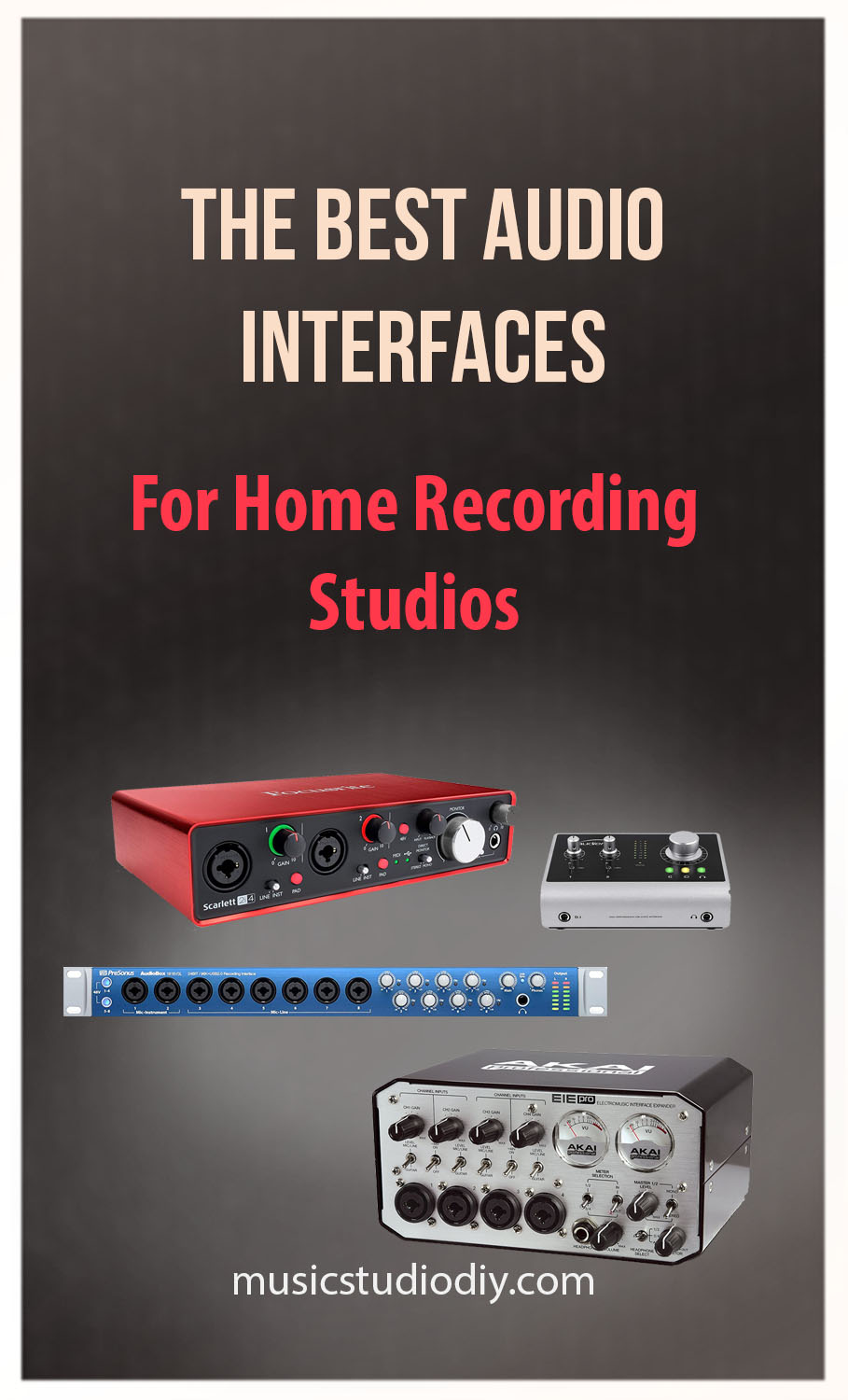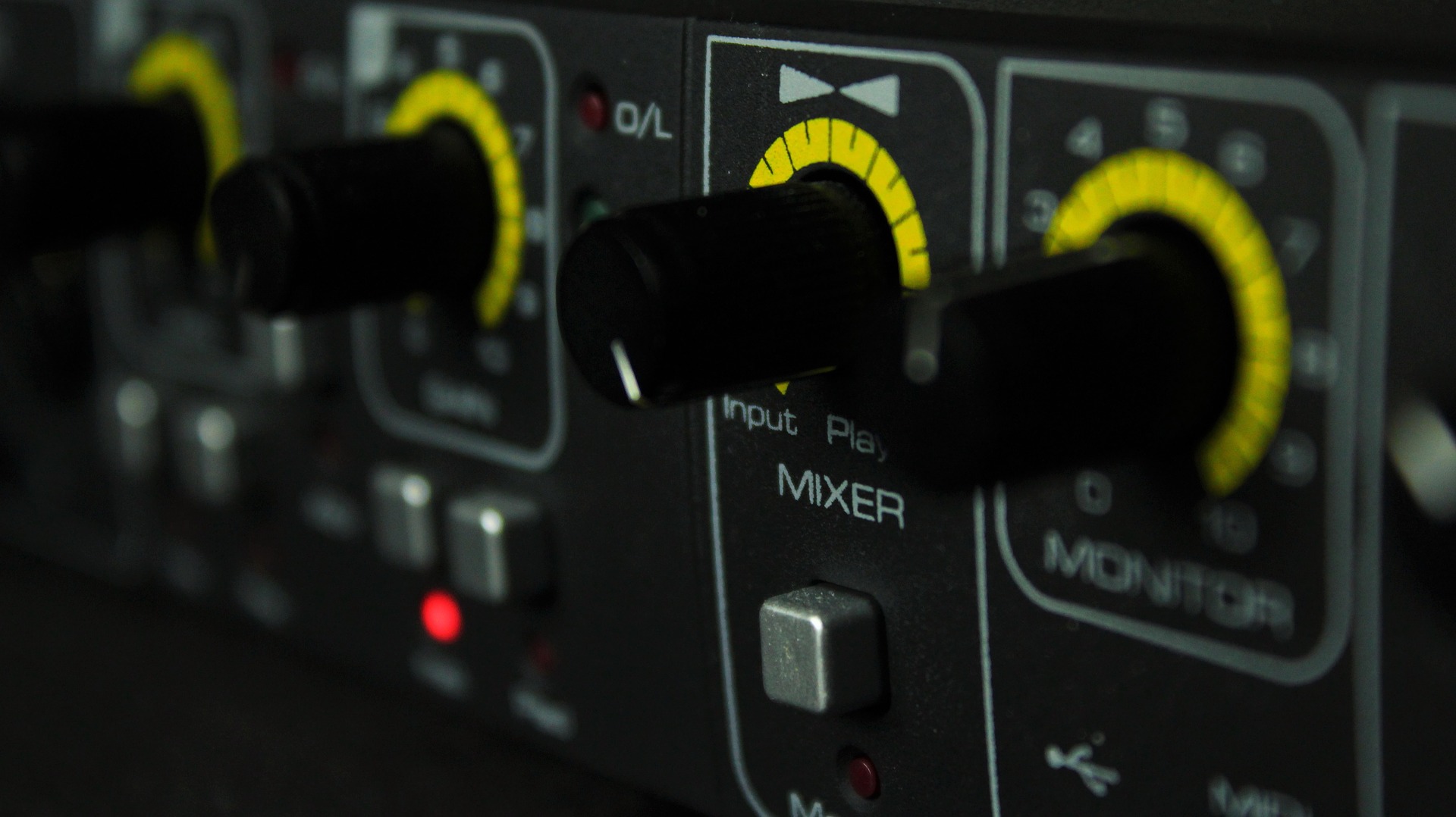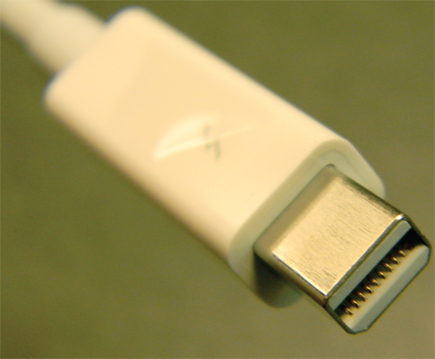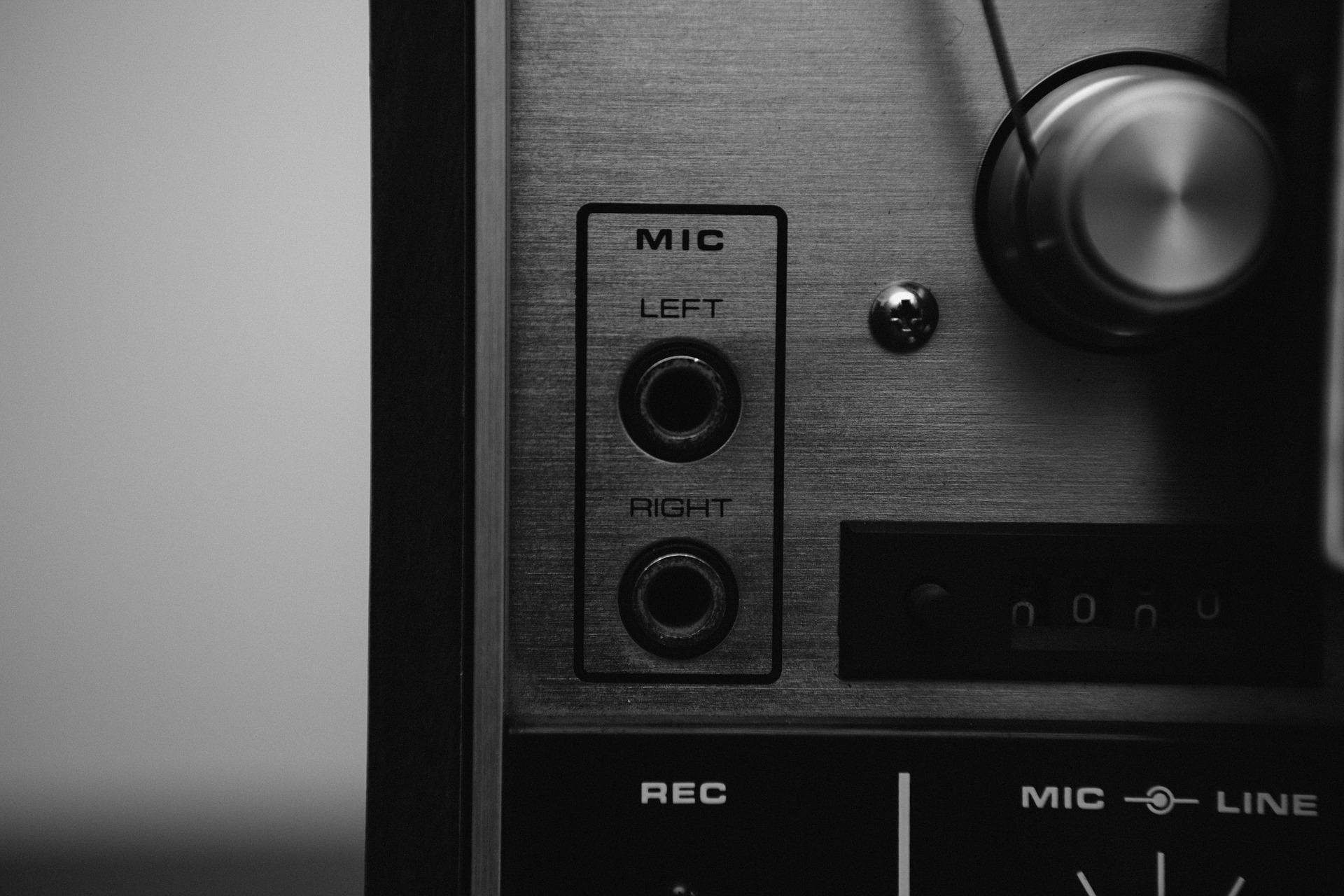A Great Guide to Audio Interfaces
 It’s very easy to think that audio gear can just be plugged directly into your computer… But, it really isn’t quite that simple. Audio Interfaces form that perfect little bridge between your sweet sounding melodics and your trusted computer. Here we discuss what the best audio interfaces available out there are, and how to choose the right one for you.
It’s very easy to think that audio gear can just be plugged directly into your computer… But, it really isn’t quite that simple. Audio Interfaces form that perfect little bridge between your sweet sounding melodics and your trusted computer. Here we discuss what the best audio interfaces available out there are, and how to choose the right one for you.
What is an Audio Interface?
Audio Interfaces are essential to not only recording, but also emitting accurate representations of the sounds you are working with through your computer. To enhance the sound related abilities of your computer, this is a complete must-have in any home music studio. An audio interface is a key piece of studio equipment that allows for a more professional audio quality to and from your computer. We’re talking, improved microphone or instrumental inputs as well as speaker/monitor outputs.
Selecting the Best Audio Interfaces
Choosing the right Audio Interface for you can be a tad bit puzzling for newbies, or a more critical process for seasoned pros. This guide is here to help you make the best choice for your studio, given that wild number of options available.
Before we dive into what are the best audio interfaces to purchase, let’s have look at what to keep in mind…
Factors to consider when going through your selection process:

How to choose the right Audio Interface?
The key factors to consider:
- The number of inputs and Outputs
- The types of device connectivity
- The types of input channels
- The build quality and form
We cover these factors in detail a little later. But for now, let’s get into the ideal Audio Interfaces for you.
9 Best Audio Interfaces for Your Home Studio 2020
We’ve pretty much worked out what to look out for as far as the specs for Audio Interfaces. So let’s take a look at some of the best audio interfaces for your home music studio.
We will look at two types of interfaces, namely Desktop Interfaces as wells Rack-mounted interfaces.
Desktop Audio Interfaces
Desktop interfaces are typically a more budget-friendly option for beginners or if your recording style is not very intricate. This type of interface would generally be placed on a desk (as the name describes) near your mixing computer. As a result, they are very simple to utilize as no special storage is required.
1. Audient iD14 (USB)
On the budget-friendly side of things, we have the Audient iD4. Highly recommendable for beginner level producers on a low budget. Consists of a dual preamp for mics, lightweight and suitable for desktops. Check it out here on Amazon.
2. Focusrite Scarlett 4i4 (USB)
Another super budget-friendly option from a reliable and renowned brand. Suitable for beginner home music studio producers on a budget. It offers very low latency, dual mic preamps, and great portability. Available here on Amazon.
3. PreSonus Audiobox 44VSL (USB)
Presonus is a popular brand amongst studios. The 44VSL includes a free download of Studio One 3 DAW software, for those looking to possibly spare some cash. See here on Amazon.
4. Akai EIE Pro (USB)
Boasting a retro aesthetic, this interface has 4 inputs, along with 3 USB ports. It allows you to switch between input types, Mic/line, and guitar sources. You can also view this here on Amazon.
5. Focusrite Clarett (Thunderbolt connection)
For those with a little more cash in their pockets. Not restricted to beginner, intermediate or pro producers, however only suitable if not in need of many inputs and outputs. See here on Amazon.
Rack-Mounted Interfaces
Up next in our suggested best audio interfaces, we have our selection of rack-mounted interfaces. For much more intricate home music studio setups, a different take on the best audio interfaces for your studio is needed. As a result, you’re not a beginner if you’re looking at these, but not quite a pro either. Rack Mounted interfaces are ideal for more complex recording tasks in which 8 or more channels are needed.
1. Focusrite Scarlett 18i20 (USB)
This interface offers 8 Scarlett mic preamps as well as 16 channel of MIDI. An evident expansion from our desktop counterparts. Check out more on the specs here on Amazon.
2. MOTU 8pre USB
Features 16 inputs, 8 preamps and also 12 outputs. Superbly low latency. See more here on Amazon.
Alternatively, with a little more cash to spend, check out the MOTU Traveler-mk3 FireWire alternative here on Amazon.
3. PreSonus AudioBox 1818 VSL (USB)
Much like its desktop counterpart, the AudioBox 1818 includes Studio One 3 DAW as a free download. It also features 8 line outputs, 6 mic/line inputs as well as 2 mic/instrument inputs. For more information check it out here on Amazon.
You may also consider the PreSonus FireStudio Project for a significantly greater professional performance. It is comparatively pricier than the AudioBox, however. View it here on Amazon.
4. RME Fireface UFX
Ideal for the digital musician. Consist of a total of 60 audio channels, 30 input, and 30 output. Superb low-latency, making the device suitable for both high end recording studios as well home music studios. For more, view it here on Amazon.
What Should I Consider When Deciding on an Audio Interface?
1. The Number of Inputs/Outputs
In a studio setup with multiple band members or, simply, multiple input sources, you’re going to need more inputs. Generally, an Audio Interface with a minimum of 8 inputs would be necessary.
2. The Type of Device Connectivity
Of course, you need to consider how your interface would be connected to your computer. A wide variety of devices such as smartphones, iOS, and tablets in addition to computers can be used to record nowadays. And modern interfaces are able to accommodate them all rather flawlessly. There are 4 common connection types, namely:

Thunderbolt Cable Connector
USB – Generally on the cheaper end of interfaces. It is usually ideal for mobile rigs as power is drawn directly from the computer. This type usually offers a slower transfer rate. Generally, iOS devices connect to the interface using USB.
FireWire – Typically intended for use with Apple equipment. It is generally meant for use on more expensive home studio equipment. Offers a much faster transfer rate for data.
Thunderbolt – A lot faster than both USB and FireWire. Very low latency performance, accommodating both PCs with Thunderbolt option cards as well as the latest Macs. Great data transfer rate.
PCI-E – Exceptionally fast data transfer and very low latency. This connection type is an industry standard among professionals. It basically makes it possible for interfaces to handle multiple inputs and outputs well.
3. The Types of Input Channels
It is very important to note that the input channel types on an interface could actually of different kinds. However generally speaking, for the most part, it will be one of the 3types:

Types of Input Channels
- Line Input – an outboard microphone preamp would need to be added, in order to be used as a microphone channel.
- Mic Input – permitting your to directly connect a microphone to the audio interface
- Optical Input – a type of input requiring a combination of a digital converter as well as an outboard mic preamp. The digital converter needs to have an optical out in order to be used as a microphone channel.
Ultimately what this means is that you have to add a multi-channel mic preamp to increase the number of inputs available. This is for more mics specifically. This is because an audio interface may claim to have x total inputs, however only a lesser number for mics.
4. The Build Quality and Form
The point may seem laughable, however, it is totally worth noting. It can actually prove to be more costly to the cheaper route with Audio Interfaces. Particularly when traveling or looking for mobility, you want something resilient. And resilience tends to be a little pricier. Plastic builds would typically damage easily, so sometimes its better to consider the investment.
(If you’d like, go back up to our 9 Recommended Audio Interfaces)
And… There you have it!
These recommendations for the best Audio Interfaces were put together to hopefully help make the best purchase suitable for you. Go ahead and explore your option, and here’s hoping you make the best on for you. For more essential gear, see our recommended gear page.








